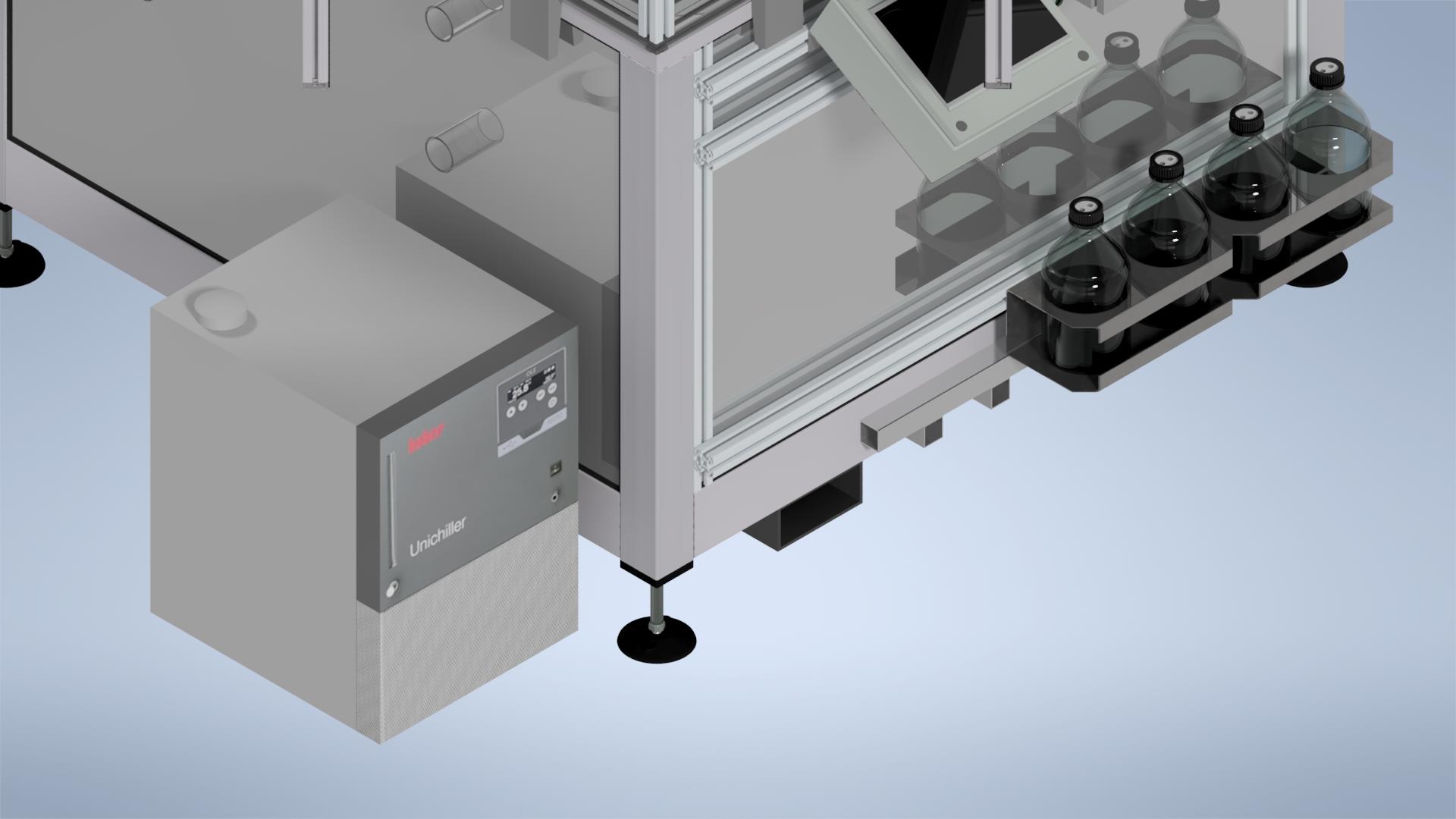Development of the EcoPOD is a joint venture between The Berkeley National Laboratory and UGT. For more information about UGT and their products click here.
The upper part is equipped with LED lighting (up to 1400 µE), ventilation, and irrigation (nozzle spray and drip) installations.
The atmospheric part creates the preconditions for developing complex interaction networks of plants and a wide range of invertebrates, with sufficient space for the growth of herbaceous plants and tree saplings.
The lower soil unit is outfitted with four separate, steel lysimeters (0.5 m in diameter) that hold up to 0.63 m3 of soil.
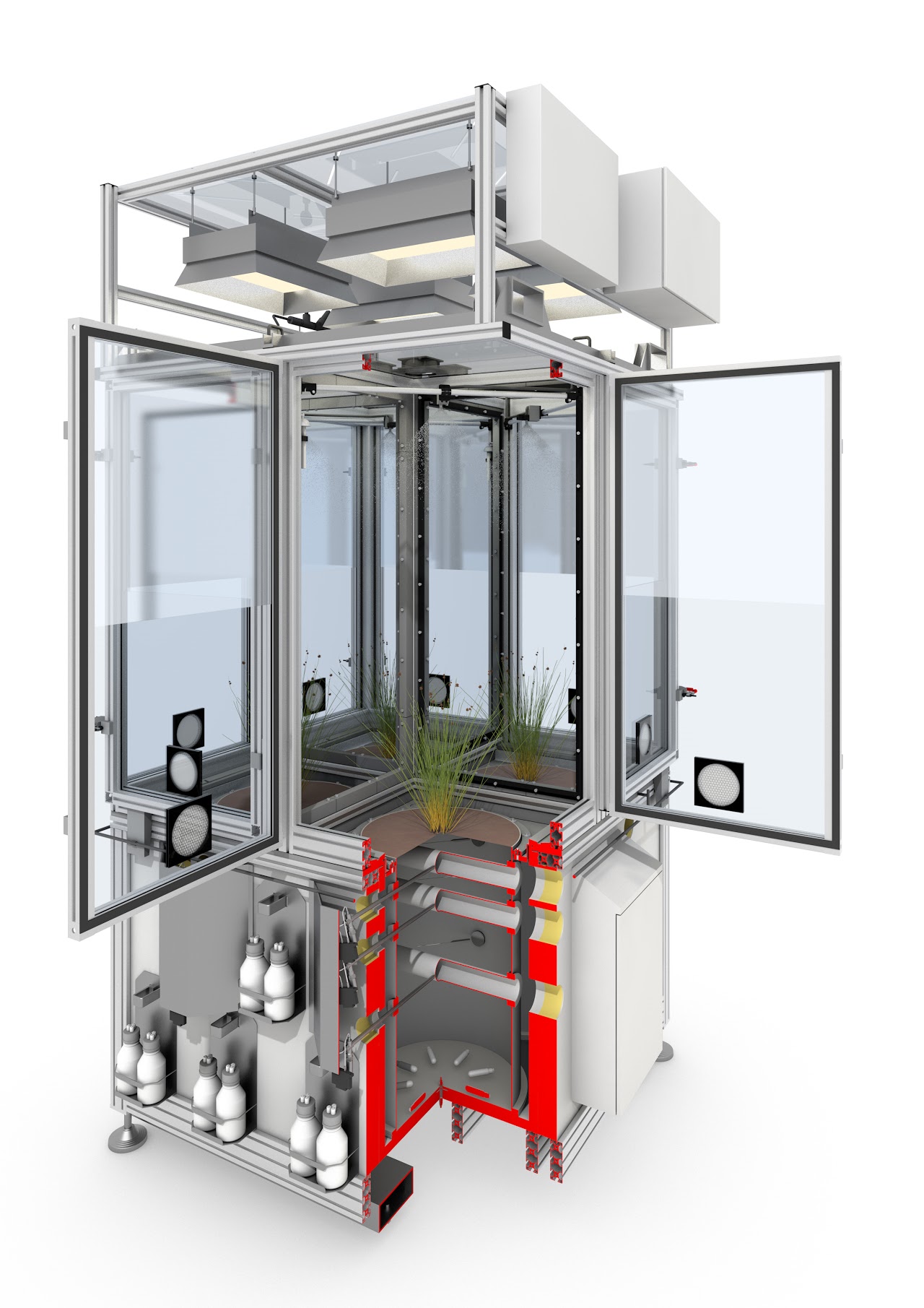
The EcoPOD can be divided into four belowground compartments using the lysimeters and into four equally sized aboveground segments using mobile interior walls. Each EcoUnit can thus be separated above- or belowground, or both, creating four separated chambers between which organisms and materials cannot exchange. Each quarter has its own lighting, irrigation, and ventilation system as well as permanent measurement equipment. In this way, up to four different treatments can be implemented in each EcoUnit. With the lysimeters, it is possible to excavate intact soil monoliths directly from the field, which then provide a natural, undisturbed ecosystem for belowground organisms.
For additional information on the features and capabilities of each unit, please see below.
The Top Unit
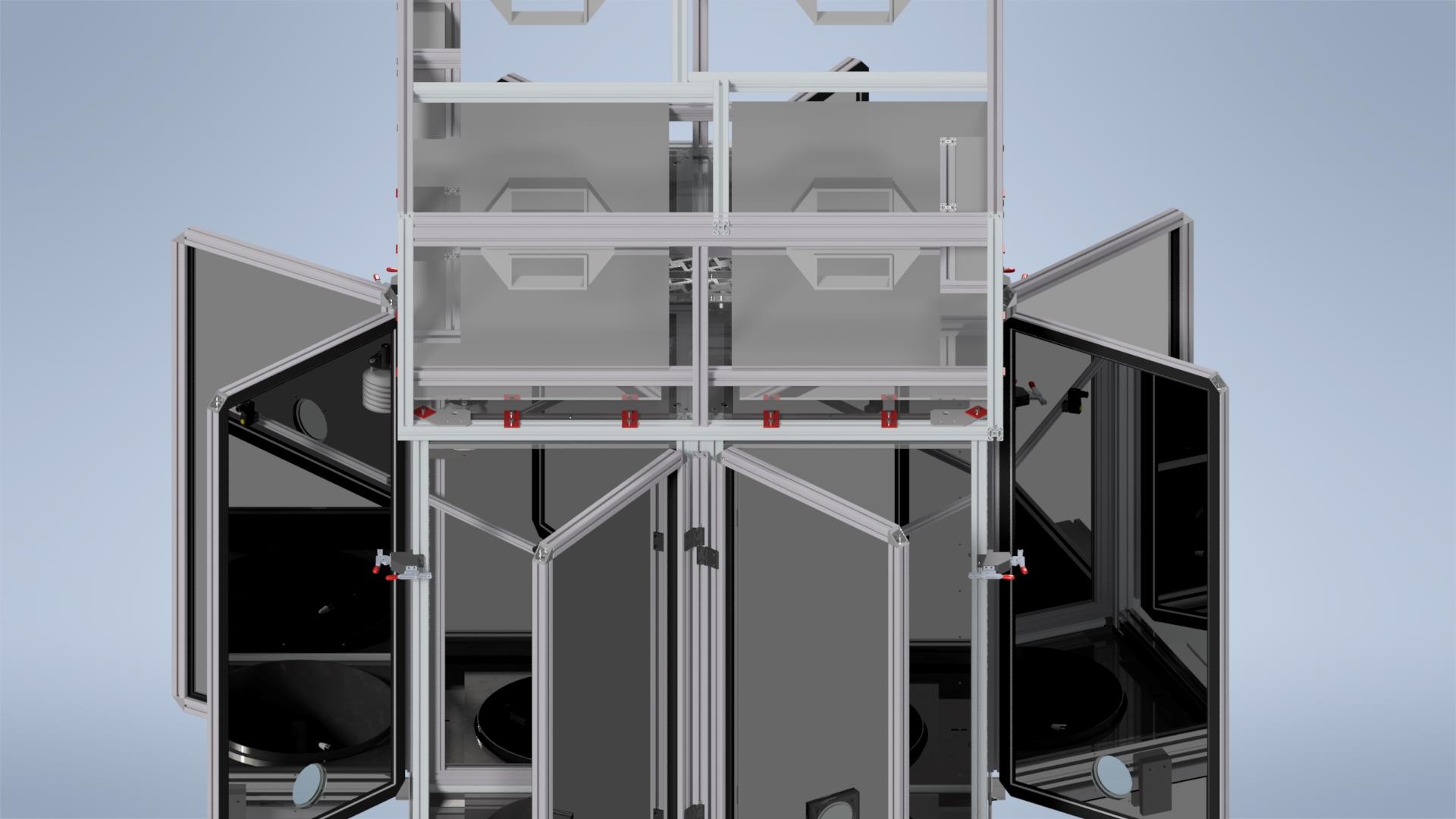
The uppermost portion of the EcoPOD contains 4k high-resolution cameras that allow for continuous visual monitoring of internal conditions.
The Atmospheric Unit

Clear panels line the perimeter of the middle unit allowing for clear, 360-degree visibility. Interior panels can be inserted or removed to provide physical separation between lysimeters. Temperature and humidity sensors are located within.
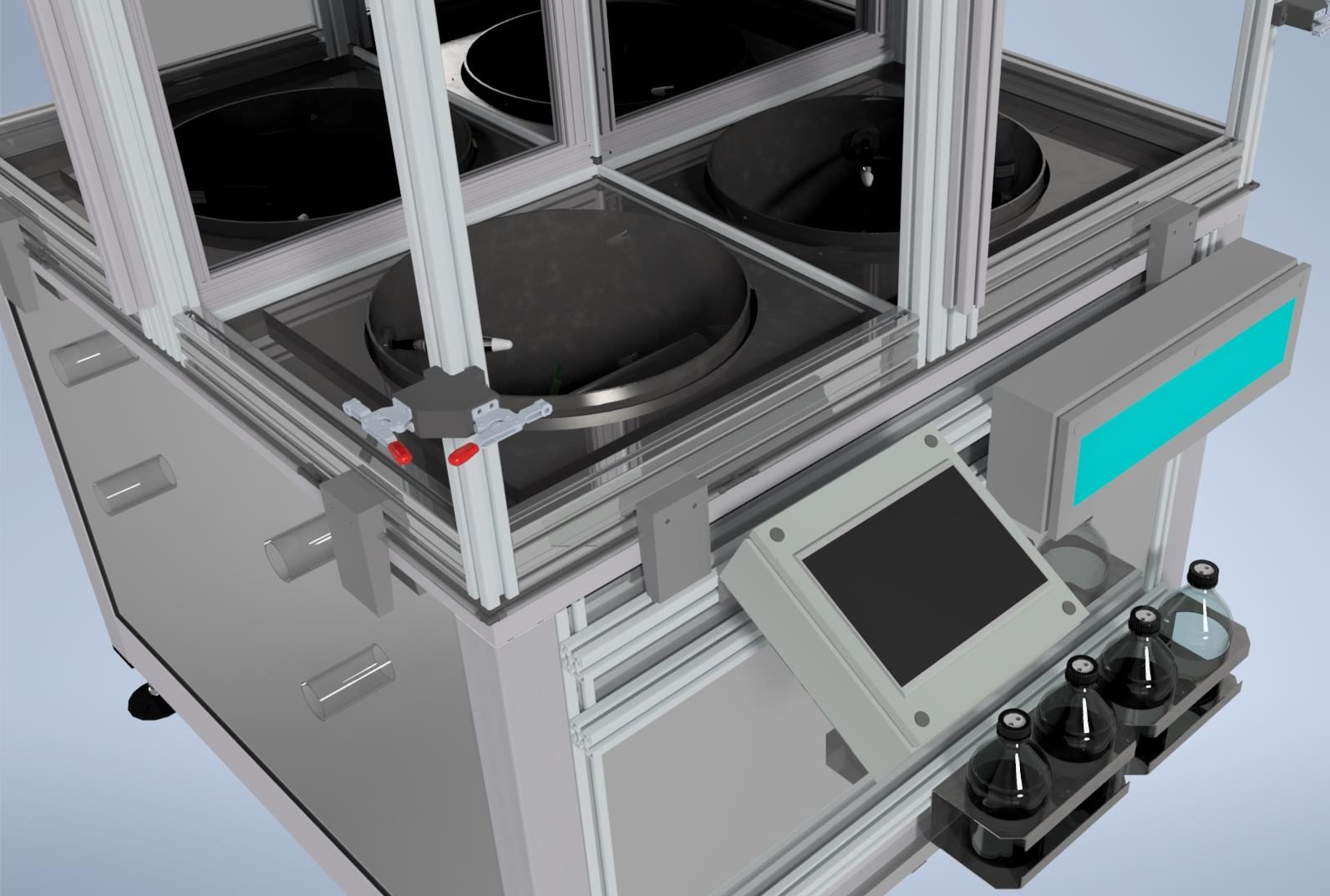
The EcoPOD is controlled via the central hub located at the base of the atmospheric unit. The hub possesses a simple user interface where users can create protocols, monitor internal conditions, and collect data.
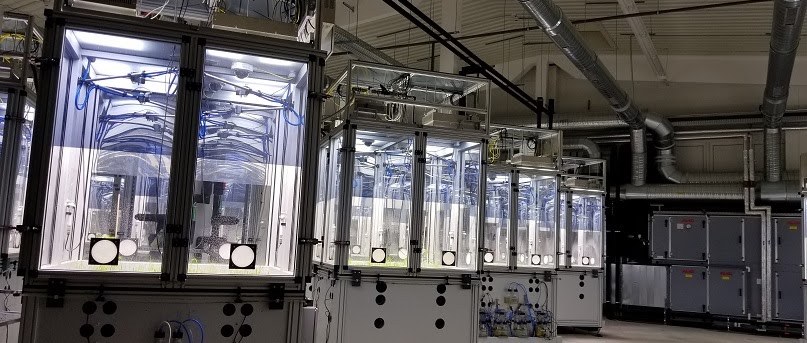
The Soil Unit
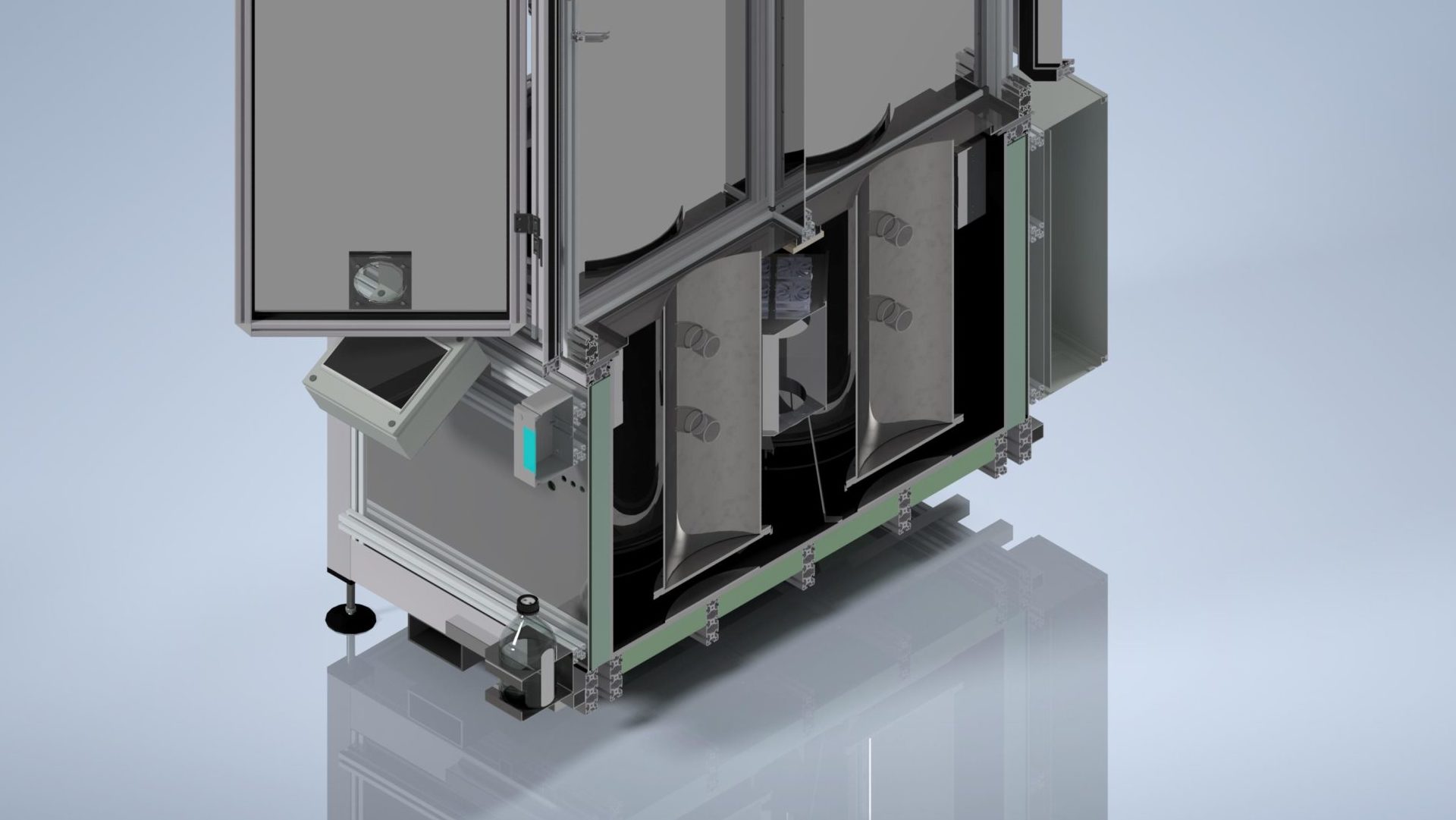
Stainless steel lysimeters can be filled with any soil type. The base unit features heating and cooling capabilities to provide accurate control and modification of soil temperature. Scales beneath each lysimeter allow for accurate mass balance.
